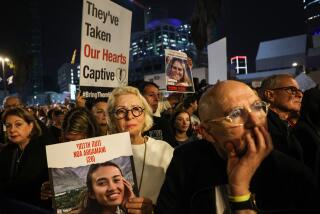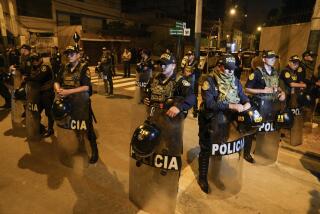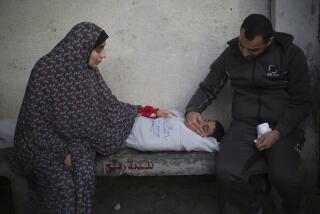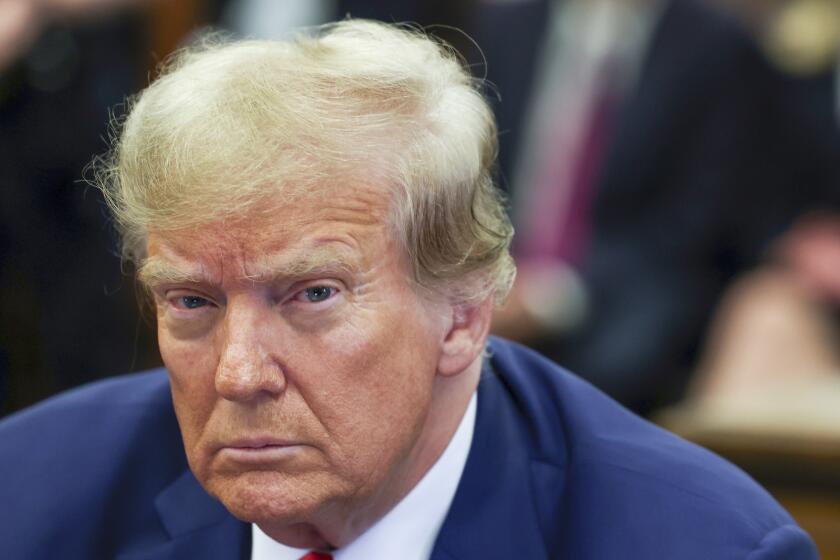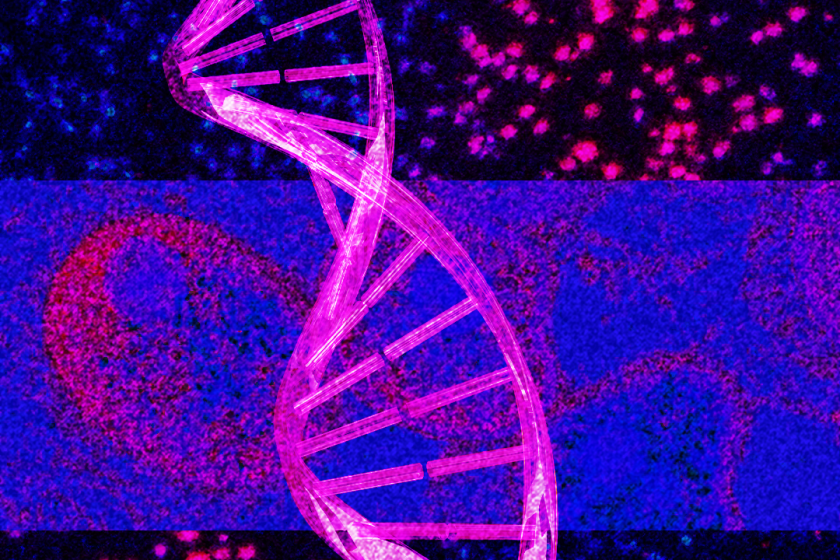Captives Tell of Being Tipped Off
Word came as the hostages were taking naps and playing board games in the second-floor bedrooms of a mansion-turned-prison: Get ready. We are coming to get you.
Former captives Wednesday recalled their fear and exhilaration when military commandos alerted them to an impending assault on the Japanese ambassador’s residence. The message was sent over a miniature radio transmitter reportedly smuggled into the mansion in a guitar weeks before Tuesday’s raid.
Then Ambassador Jorge Gumucio of Bolivia found himself lying on the floor in the midst of a fierce gun battle. “We saw the lightning of the grenades, the machine guns, shooting both ways.”
Fifteen minutes later, the nightmare was over. The attack had freed 71 hostages held by leftist guerrillas in the mansion since Dec. 17. One hostage, two soldiers and all 14 guerrillas were dead.
New details about the raid emerged from accounts given by the former captives and President Alberto Fujimori on Wednesday. Fujimori also gave his first public explanation of his decision to order the attack despite his repeated vow that he would not use force unless a hostage was harmed.
The president said he acted because he believed that the standoff was “deteriorating rapidly.” The rebels of the Tupac Amaru Revolutionary Movement--who had occupied the mansion at gunpoint but without casualties, demanding the release of hundreds of imprisoned guerrillas--were taking an increasingly hard line in their demands and limiting doctors’ visits to ailing hostages to once a week, he said.
“I thought the unexpected could happen at any minute,” Fujimori said during a briefing at the presidential palace. “The [rebels’] conditions were impossible to satisfy. Faced with this, faced with the blocking of doctors’ visits, faced with the hardened line of the Tupac Amaru, this option was chosen.”
In the days before the attack, said Gumucio, “I knew we were being monitored [by Peruvian agents]. We were aware that something was happening. In the modern world, there are various electronic ways to do this. . . . I knew that yes, they were listening to us. And that made us feel safe, to know somebody was out there.”
Peruvian intelligence agents also used long-range cameras and telescopes to determine the best moment to attack, Fujimori said. Armed with a pointer and a scale model of the residence, the president told reporters that he approved a plan to invade through a network of tunnels dug by security forces beneath the compound. (Fujimori said the operation had been code-named Chavin de Huantar, after 3,000-year-old ruins in northern Peru that include underground passageways.)
Fujimori said he started the countdown for the operation Monday morning. He gave the final order Tuesday during a visit to the Education Ministry, when he received a phone call informing him that most of the guerrillas were on the first floor playing their customary afternoon soccer game.
The alert was transmitted by radio to a captive, reportedly one of the 22 police and military hostages who, according to Gumucio, had been hungering for the opportunity to rise up against their captors. The commandos outside instructed the hostages to pry open a door to a second-floor terrace from which commandos would help them escape.
“One of the hostages said that somebody was coming to rescue us--we should lie down in the corner,” Gumucio said. The commandos used carefully calculated 9-pound plastic explosive charges to blow their way through the living room floor, killing several rebels. The raiders then pursued the guerrilla leader, Nestor Cerpa Cartolini, and five other armed guerrillas up a stairway and shot them dead in a gunfight, Fujimori said.
Meanwhile, other commandos hustled the hostages out of the second-floor exit during an exchange of gunfire with rebels that wounded the Peruvian foreign minister, Francisco Tudela, and killed a soldier who was protecting him, the president said.
The rebels were wiped out within 15 minutes, Fujimori said.
Gumucio and other freed hostages said the raid came after weeks of increasing tension between the rebels and their captives, a mood that clashed with the curiously amiable atmosphere of the first months. Cerpa had recently ordered his fighters to refrain from talking to hostages for fear they would grow too friendly.
The rebels held drills about once a week in which they practiced responding to an attack. In the drills, the rebels would rush, guns drawn, into rooms containing hostages and tell the captives they would kill them if there was an attack, said those who were freed Tuesday.
Last month, the Bolivian ambassador found himself in the worst confrontation between rebels and hostages of the entire siege, after taking exception to insults the rebels shouted about Bolivia during morning exercises.
An enraged rebel ordered Gumucio downstairs at gunpoint, setting off a near-mutiny among the other captives. They banded together, shouting “Viva Peru! Viva Bolivia!” and singing the Peruvian national anthem until Gumucio was sent back upstairs unharmed.
The rebels were intimidating figures with machine guns, grenades and ammunition strapped to their belts and chests, former hostages said. But Gumucio and others expressed sadness at the deaths of the Tupac Amaru rebels, most of whom were in their teens and twenties.
Congressman Luis Chang Ching recalled how one young rebel would hover attentively while the hostages held Mass, taping the services in order to listen to them later. Another guerrilla would politely ask Chang if he could borrow a compact disc by the musical group Roxette. “I feel bad about the kids,” Chang said.
The sorrow was echoed Wednesday by Bishop Juan Luis Cipriani, the dominant figure in the neutral negotiating commission that tried in vain for months to reach a peaceful solution.
During a news conference Wednesday, Cipriani recalled how he and representatives of the International Committee of the Red Cross and the Canadian government trudged back and forth through the no man’s land between the two sides. Cipriani has a reputation as a steely opponent of terrorists and leftists. He expressed no criticism of the government’s decision to use force.
“We did everything we could to avoid violence,” he said.
But the final weeks of the siege took a visible physical and psychological toll on Cipriani, afflicting him with a dire case of gastritis. As he offered condolences to the families of the dead Wednesday, the bishop’s voice broke, his eyes filled with tears, and he buried his face in his hands.
“I ask for the mercy of God for those who died yesterday,” he said. “They were all human beings. . . . That is why the church always speaks of the word ‘forgiveness.’ All human beings are our brothers.”
(BEGIN TEXT OF INFOBOX / INFOGRAPHIC)
Sneak Attack--by Tunnel
The tunnel beneath the mansion, the key to the mission’s success, reportedly led to three points within the compound, including the tent set up in the back garden for the cocktail party that the rebels stormed on Dec. 17. Commandos had been in the well-ventilated tunnels since Sunday, awaiting go-ahead.
How it was built: Professional miners started building the tunnel in January, with four-man teams working in four-hour shifts.
How digging was masked: Police played music over huge speakers outside the residence to mask the sound of the digging.
Sources: El Comercio, La Republica, Associated Press
More to Read
Start your day right
Sign up for Essential California for news, features and recommendations from the L.A. Times and beyond in your inbox six days a week.
You may occasionally receive promotional content from the Los Angeles Times.
